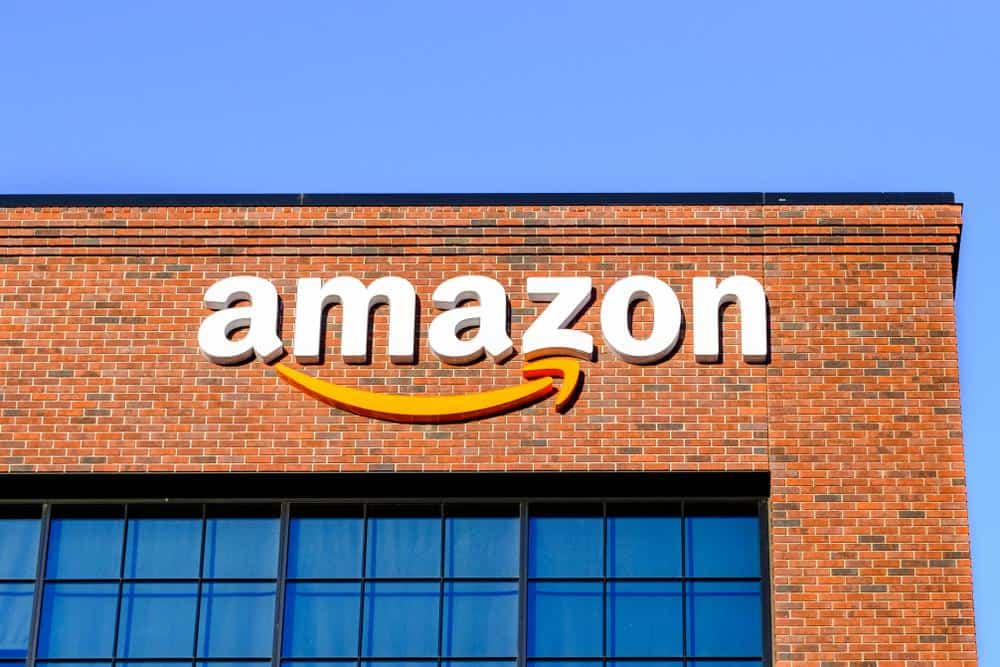
In the fast-paced digital world, speed is of the essence. A sluggish website can be frustrating, and when it’s a site you frequently use, like Amazon, it can be even more disheartening. Many users have reported that Amazon runs slowly on Google Chrome, one of the most popular web browsers globally. But why is this happening? Let’s dive into the intricacies of this issue and offer some solutions.
Amazon may run slowly on Chrome due to various factors such as bloated or corrupted cache and cookies, resource-heavy browser extensions, outdated Chrome versions, and slow internet speed. Clearing cache and cookies, managing extensions, updating Chrome, and checking your internet connection can help improve the browsing speed.
Cache and Cookies: A Double-Edged Sword
When you visit Amazon, Chrome stores parts of the site, such as images and scripts, in its cache. This process speeds up your browsing experience, as Chrome can load these parts from the cache instead of downloading them again. Similarly, Amazon uses cookies to remember information about you and your preferences, reducing the retrieval time from its servers.
However, over time, your cache and cookies may become bloated or corrupted, leading to slower loading times or even formatting issues on Amazon.
How to Clear Cache and Cookies
Clearing your cache and cookies can often resolve these issues. Here’s how you can do it:
- Open Chrome on your computer.
- At the top right, click the three-dot menu icon.
- Click “More tools” and then “Clear browsing data.”
- At the top, choose a time range. To delete everything, select “All time.”
- Check the boxes next to “Cookies and other site data” and “Cached images and files.”
- Click “Clear data.”
Remember, clearing your cache and cookies will sign you out of most sites and reset your personalization settings. The next time you visit these sites, Chrome will need to download all the site’s data again, which may initially slow down your browsing experience.
Browser Extensions: A Potential Culprit
Browser extensions can enhance your browsing experience, but they can also be resource hogs. They run extra code, increasing battery and browser memory consumption. Some extensions may delay page loading time by up to 4 seconds, creating a noticeably sluggish experience.
If you’re experiencing slow Amazon loading times, consider reviewing and managing your extensions. You can disable or remove extensions that you don’t use or seem to impact your browsing speed.
Hardware and Software: The Backbone of Browsing
Your internet speed and device specifications significantly impact Amazon’s performance on Chrome. A high-speed internet connection and a high-specification device will likely provide a smoother and more efficient Amazon browsing experience.
Additionally, ensure that you’re using the latest version of Chrome, as outdated versions can cause performance issues. Chrome regularly releases updates with new features, security fixes, and performance improvements.
Other Factors: From Code to Connectivity
Amazon’s performance on Chrome can also be influenced by the website’s own code and design. Factors such as bloated JavaScript files, unnecessarily large image files, old image formats, and render-blocking resources can slow down the website.
Moreover, Amazon’s website takes a significant amount of time to evaluate all the scripts, parse them, compile, and render them, which can cause a lag in loading times.
In Conclusion: Troubleshooting Tips
If Amazon is running slowly on Chrome, consider the following steps:
- Clear your cache and cookies.
- Disable unnecessary extensions.
- Update Chrome to the latest version.
- Check your internet connection.
- Close unused tabs.
- If needed, reset Chrome settings to default.
By following these steps, you can improve your Amazon browsing experience on Chrome. Remember, the performance of Amazon on Chrome can also be affected by factors outside of Chrome, such as your internet connection speed, device performance, and the specific settings and features of the Amazon website itself.
So, the next time Amazon is slow to load on Chrome, don’t despair. Use these tips to troubleshoot the issue and get back to your smooth browsing experience.
Frequently Asked Questions
How do I update Google Chrome to the latest version?
You can update Google Chrome by following these steps: 1. Open Chrome on your computer. 2. Click the three-dot menu icon at the top right. 3. Click “Help” and then “About Google Chrome.” 4. Chrome will check for updates and will automatically update if a new version is available.
How do I manage my extensions on Google Chrome?
To manage extensions on Chrome, do the following: 1. Open Chrome on your computer. 2. Click the three-dot menu icon at the top right. 3. Click “More tools” and then “Extensions.” 4. Here you can disable, enable, or remove extensions as needed.
How do I reset Chrome settings to default?
To reset Chrome settings to default, follow these steps: 1. Open Chrome on your computer. 2. Click the three-dot menu icon at the top right. 3. Click “Settings.” 4. Scroll down and click “Advanced.” 5. Under “Reset and clean up,” click “Restore settings to their original defaults.” 6. Click “Reset settings.”
Note: This will reset your startup page, new tab page, search engine, and pinned tabs. It will also disable all extensions and clear temporary data like cookies. However, your bookmarks, history, and saved passwords will not be cleared.
Why does Amazon’s own code and design affect its performance on Chrome?
Amazon’s code and design can affect its performance on Chrome because of factors like bloated JavaScript files, large image files, outdated image formats, and render-blocking resources. These factors can slow down the website as they require more time and resources to load and process.










